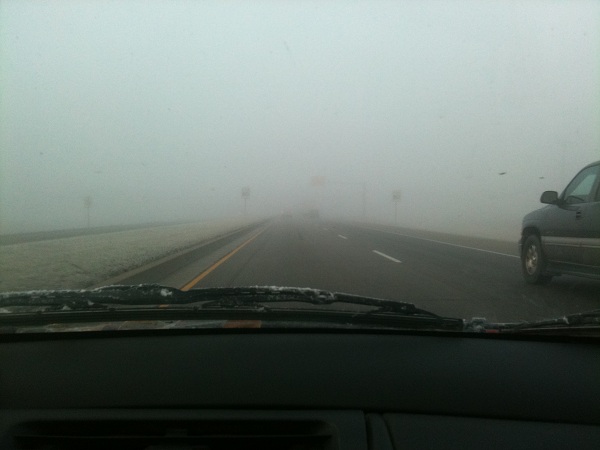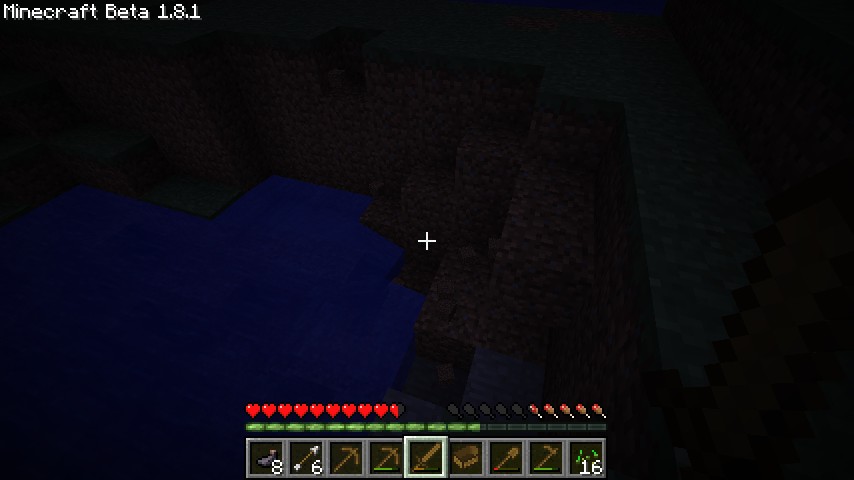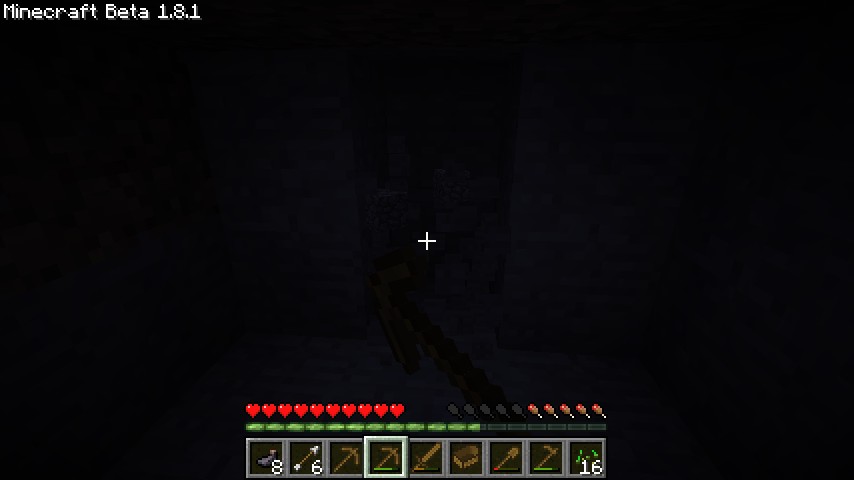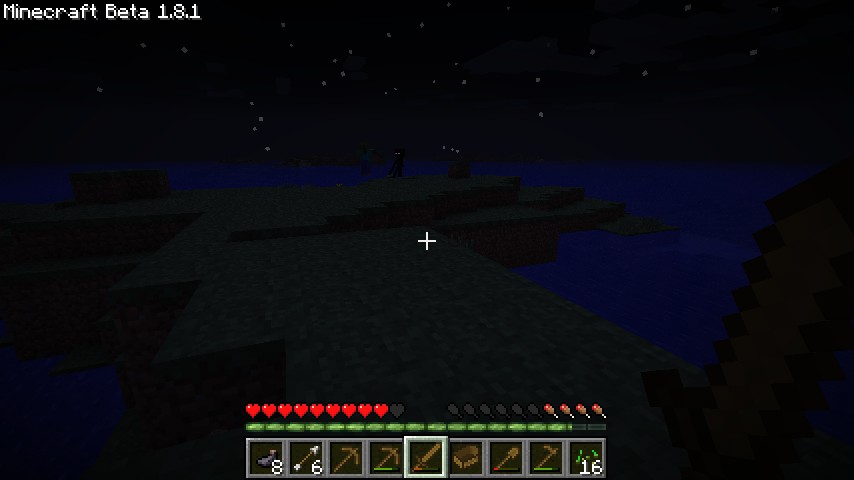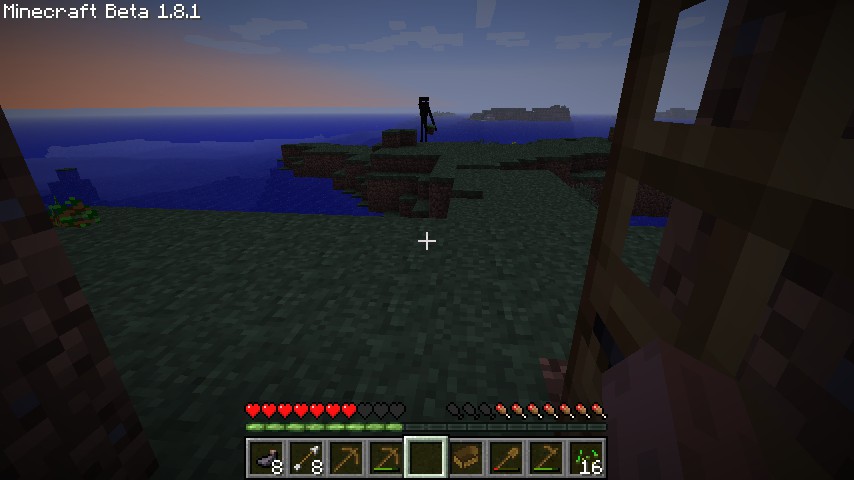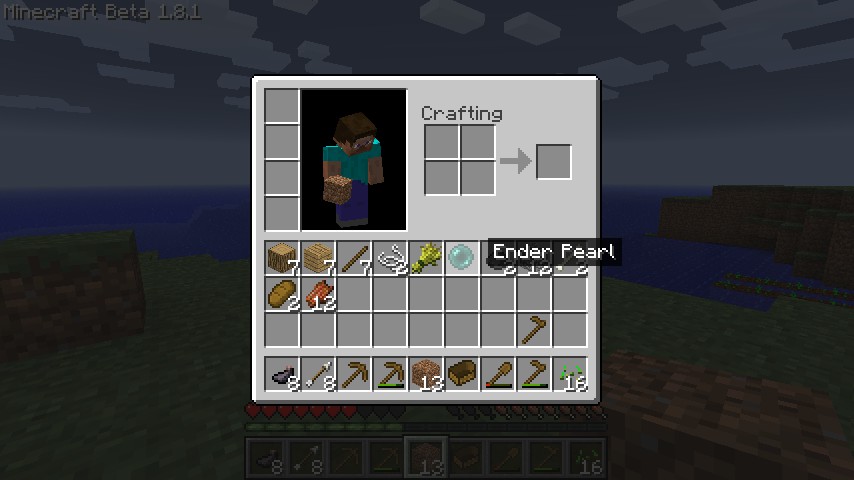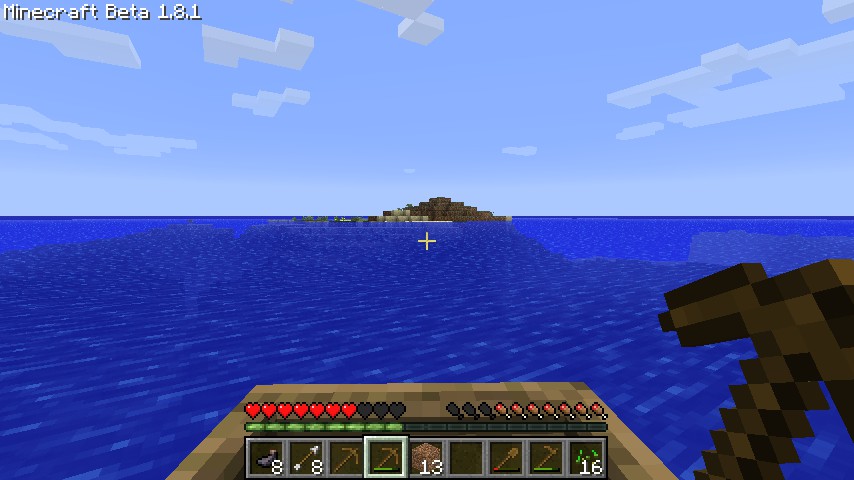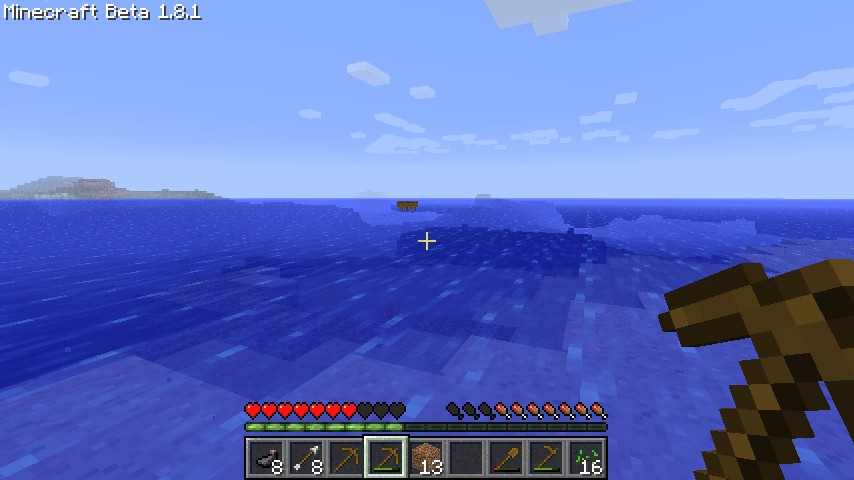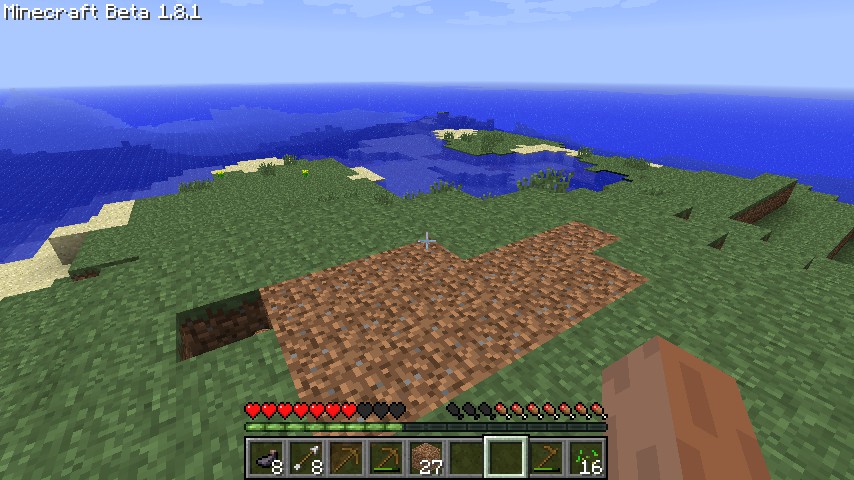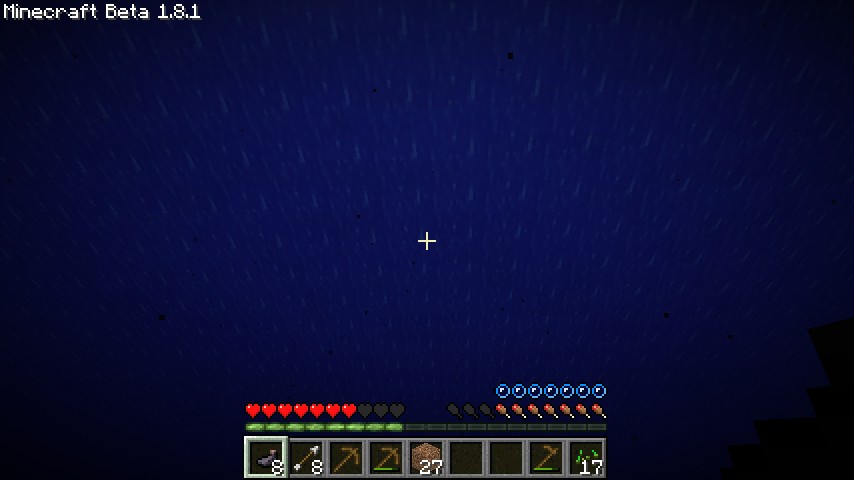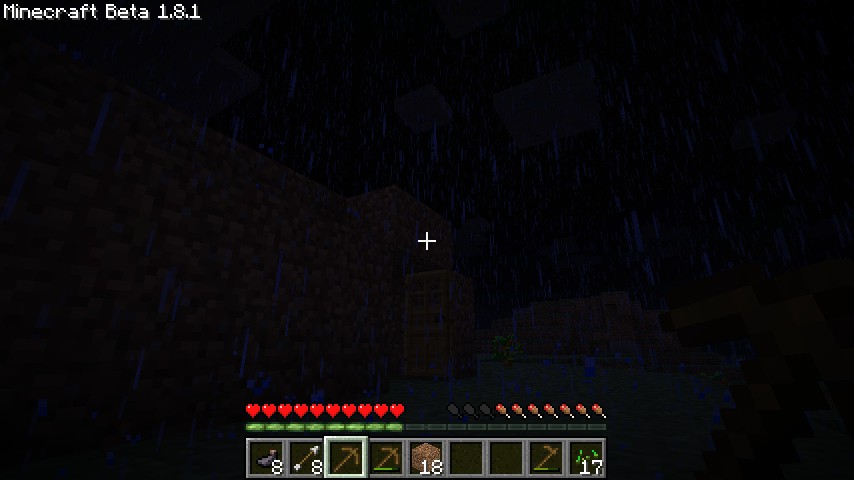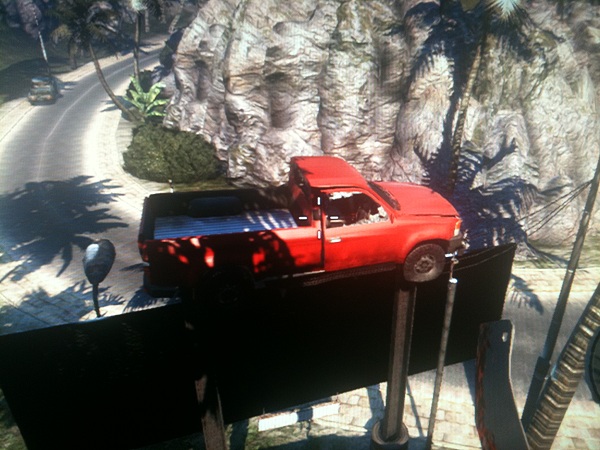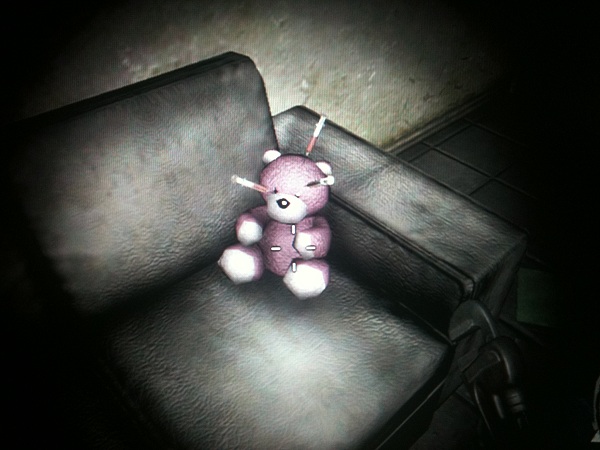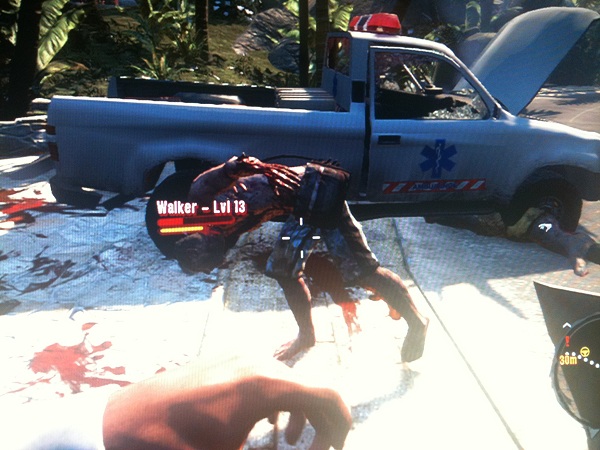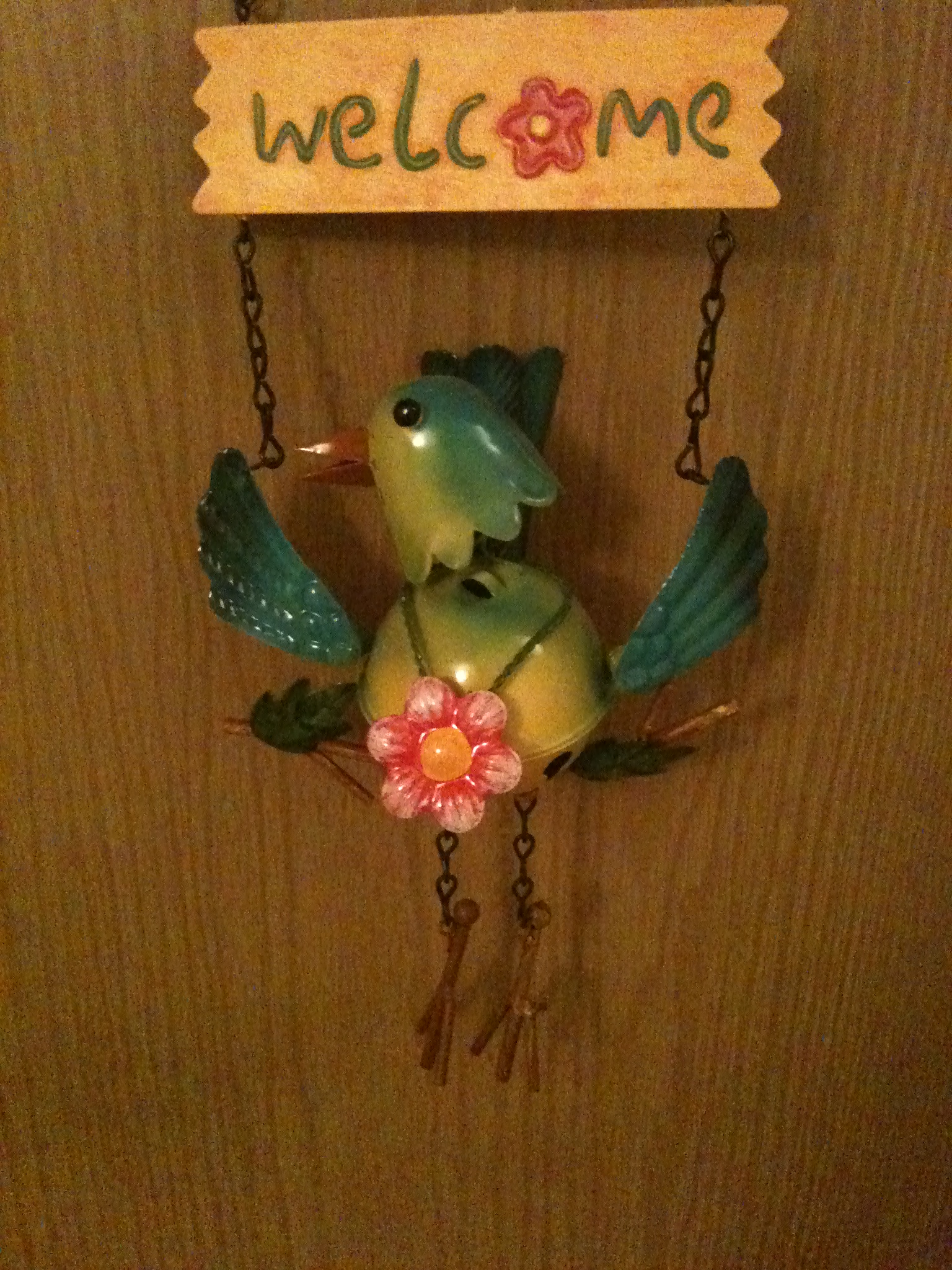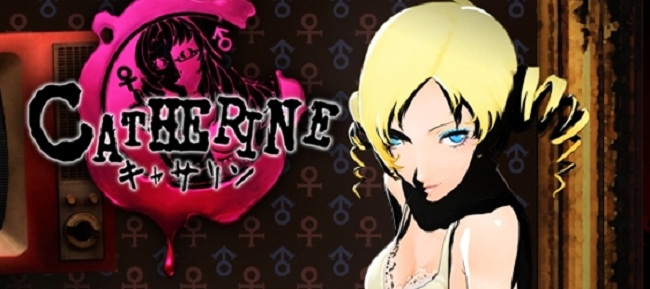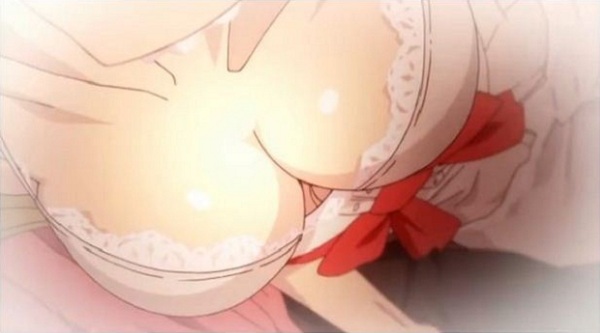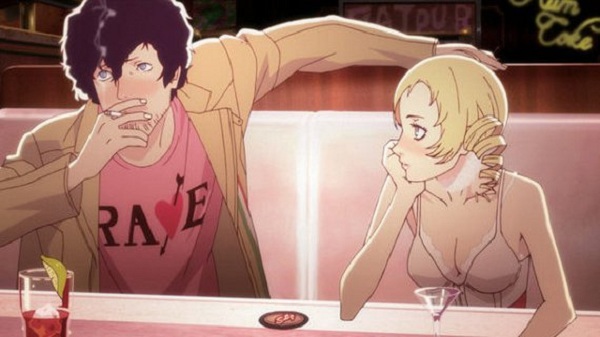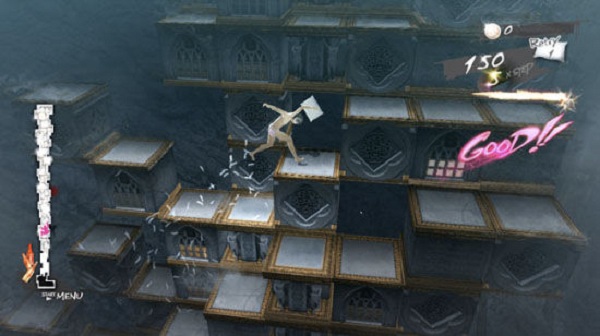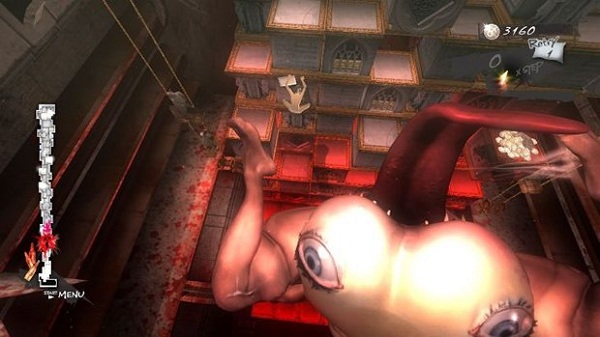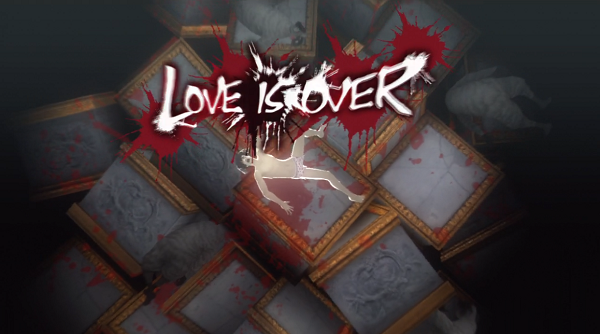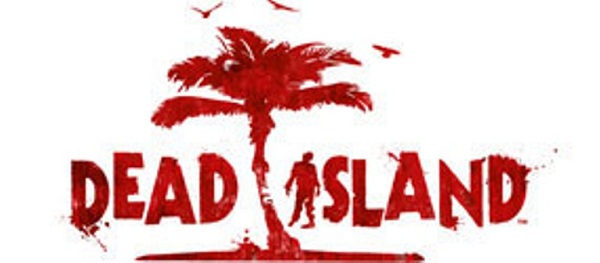 I’ve recently been spending large chunks of my weekends on Dead Island, and I’ve got pretty mixed feelings about it. For the tl;dr crowd: I like it, and I’m pretty sure that if you like Fallout 3 you’ll find much to enjoy here.
I’ve recently been spending large chunks of my weekends on Dead Island, and I’ve got pretty mixed feelings about it. For the tl;dr crowd: I like it, and I’m pretty sure that if you like Fallout 3 you’ll find much to enjoy here.
The big thing about Dead Island is that I don’t play first-person shooters very often, but Techland somehow managed to take the handful of recent FPSs that I have played and mash them all together. I haven’t played enough of Fallout 3 (about 25 hours?), and I haven’t seen any more than the cover of New Vegas, but they were quite clearly the base inspiration for Dead Island. It’s an FPS set in a big open(ish) world, where you have to scrounge stuff from everywhere to survive.
Missions are doled out one at a time to further the story, but you can strike out on your own and do as you please (this is how I spent my time with Fallout 3). Along the way, you’ll likely meet up with some people who will give you sidequests. Some will just be crazy and try to kill you. I only encountered only a single homicidal human in the first third of the game, but they become a little more common as you go along.
Like Fallout, your weapons will decay with use and become useless. Well, mostly useless. You can still beat zombies with your blunted cleaver, but it does barely any damage and any special effects (like fire or electricity) are lost. You can repair them for a fee, upgrade them for a few more bucks, and modify weapons to give them special traits once you have the proper blueprints and parts. Armor does not exist though, which is good and bad. Good because you don’t have to constantly stop to repair or find replacements; bad because a handful of zombies can tear your fleshy hide apart right quick.
Where Dead Island really departs from its cousins is in weapon selection. The first area of Dead Island provides melee weapons almost exclusively. It’s great, visceral fun, but in the first dozen or so hours I spent with it, I’d only held two revolvers and about forty bullets. Fallout 3 was fun for me because I could skulk around the landscape with a hunting rifle and pop any enemies before they had a chance. Yeah, ammo was a little more scare than I liked, but at least it was there. Games that force stealth are no fun, but when it’s an option, that’s how I usually play it. It also provided a survival scenario that I could take at my own pace. If I wanted to avoid the mutants, I hike the long way around the mountain or take the shortcut through the cave. Here, the world feels much less open and you rarely have the option to go around zombies. You’re always the hunted, and rarely get to play the hunter.
The big difference between Fallout 3 and Dead Island where maps are concerned is that in Fallout, you have one gigantic map with all sorts of tunnels and buildings to explore. Dead Island is divided into several large areas with no such “dungeons” to find. I definitely would have liked at least a couple segregated areas. There is the hotel and a couple small apartments that take you to separate maps, but those barely count. We’ll have to see what later areas bring. The majority of the buildings are just textured cubes too. A good portion of the cabanas in the resort area have proper interiors, but once you hit the town map you’ll start wondering if all those doors are just painted on.
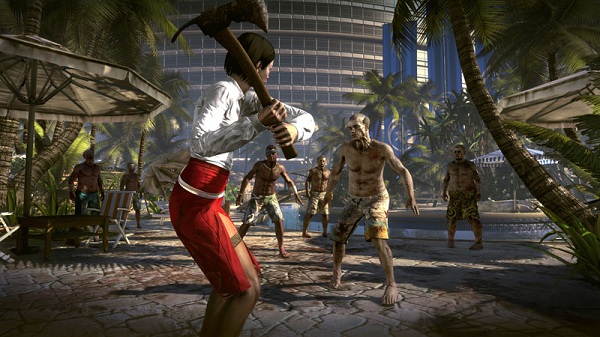
The game is a lot like Fallout 3, but it’s also coloured with shades of Borderlands and Left 4 Dead. Like those two, Dead Island is intended to be played cooperatively online with other people. The game wouldn’t even let me start at first because it’s set by default to online co-op and I don’t have a gold subscription to Xbox Live. I haven’t spent enough time with Left 4 Dead or its sequel to pass judgement on just how similar Dead Island is to them, but I hear that the “special” zombies on Banoi island bear more than just a passing resemblance to those in Valve’s games.
Borderlands though, I have played quite a bit more of. While it’s not quite as much an influence on Dead Island as Fallout, you can’t ignore the signs. For one, weapons in Dead Island are colour-coded. Yes, it’s a thing in other games too, but the only other one I’ve played that does that is Borderlands. The major difference being that I didn’t see a second-tier weapon for hours in Dead Island, whereas I picked one up on my third or fourth quest in Borderlands.
Another similarity is that random pickups respawn in both of these games. It takes away from the survival aspect (which wasn’t a part of Borderlands anyway), but I feel like it adds to the gameplay. Yes, the aspect of running around with no bullets is thrilling for a little while, but I find that when I run out of weapons, a game that centers around killing is considerably less fun. The old-style Resident Evils play that feature properly: they limit your ammo, but enemies never respawn, so it’s almost a like a puzzle where you have to figure out where your ammo is best spent. If weapons weren’t strewn about so liberally in Dead Island, you’d run out in no time and be stuck running away or punching zombies to death. To give you an idea of how useless punching is in Dead Island, they give you the achievement for killing while unarmed after just 25 zombies.
From the start of the game, you get to choose from four characters, each which his or her own strengths and skill trees. Just like Borderlands. Did the characters in Left 4 Dead have any differences that weren’t cosmetic? While this is key to building a balanced team, the fact of the matter is that I’ll never play this game with others. So I really wouldn’t mind if there were a “single-player” character, who could choose from the entire pool of skills. Also I’m not a fan of the “skill pipe” system, where you have to pump points into unrelated skills to get to the one you want. What I’m saying here is that they should have copied Fallout’s skill system too. I’m cool with prerequisites for advanced skills, but those prerequisites should make sense, and not just be arbitrarily placed along a line. Why to I need to get the “medkits are more effective” skill before I can buy the “less likely to be noticed” skill? Healing and stealth are two totally different fields.
Anyway, I’m coming off too negative. I really like Dead Island, though I fear it will end up sitting incomplete along with Fallout 3 and Borderlands despite that. The thing that ties them all together is that they’re all so huge and open, that I get an initial rush of excitement, with the exploring and the screwing around, but then burn out before I can even make it halfway through the story. Yeah, there’s something I never thought I’d lament: games being too long and having too much content. 16-year-old Ryan would be so sad if he knew that he’d grow up into a man that had trouble finishing games that surpass a 15-hour requirement.
Dead Island has a few good things about it that weren’t key traits of other games though, and while I’d love to talk about those, there’s one thing that really bugs me about the game. I mean really boils my turnip. I usually don’t care if games with high NPC/enemy populations re-use character models/sprites. A few of my favourite games don’t even bother to recolour clothing, never mind create unique NPCs. But Dead Island really takes the cake; on the resort map, there are literally two female NPC character models: the standard one, and the one that’s a little chubbier. Female zombies are the same, but discoloured and with bits missing. Yes, their heads and bikini patterns change, but they’ve still all got one of two bodies. Oh yes, and every single female (outside of the two playable females) in the game is wearing a bikini until you get back into the hotel. It is ridiculous. Sex appeal is great; I have no problem with bikini babes. This is overkill though. The sexism line has been long since crossed. There are at least a dozen generic male character models. Would it have hurt to put some short shorts on at least one of the female models? Come on, Techland. Have a little class. The good news is that once you leave the resort there are properly clothed ladies, but I had played over ten hours before I got to that point.
So after all this complaining, what do I like about Dead Island? One thing that sticks out in my mind is the “thug” zombie. Thugs are a good foot taller than your average walking dead, and they can knock you flat with a single hook or headbutt. They are dangerous, and you learn that quickly. Encountering a thug is terrifying because you know that you’re going to be facing something that can kill you with little effort. Compounding this effect is the fact that thugs emit the most blood-curdling roar in the history of video games. It chills me to my bone, and instantly makes me stop cold in my tracks to assess my surroundings. The only thing that keeps thugs from being a total nightmare is that they move at about half the speed of a normal zombie. Still, the tension blows through the roof whenever a thug howls, and I find taking them down incredibly satisfying.
The best way to stop a thug, of course, is to remove his arms. Severing enemies’ body parts has been one of my secret favourite things to do in video games for years. I played the first level of Turok 2 over and over, never caring to progress in the game, just happy to play with the different weapons and see how they tore the monsters apart. Dead Island definitely strikes the right chords in this regard. Once you get your first cleaver or machete, you’ll never want to go back to pipes and wrenches. Blunt weapons can be used to break zombie bones (which is hilarious in its own way) and smash in their heads like so many pumpkins. Bladed weapons, logically, will completely remove the offender’s limbs. Sometimes you’ll swing at the right time when a zombie charges you, which will sever his head in one swing and put the game into slow motion to watch his head pop up while his body keep running past you. It’s quite awesome, but takes more than a little luck to pull off regularly.
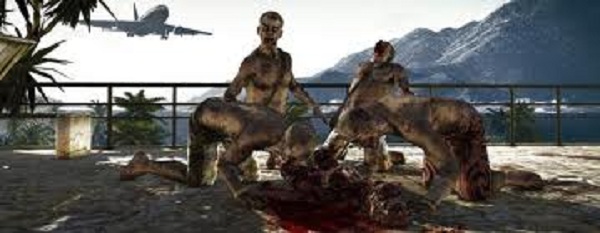 Outside of thugs though, removing limbs isn’t strictly necessary, as by the time you’ve got that second arm off, that zombie’s probably re-dead anyway. Decapitation, of course, is always your best bet. They’re zombies! And they’re scary! A lone zombie isn’t much trouble; you’re equipped with a kick move that almost guarantees knocking a ghoul down, and once they’re down, they’re meat. Though as I noted before, a bunch of zombies can easily tear you a new one. I don’t know how many times now I was poking around and got mobbed by a group of four or five zombies. It doesn’t sound like a lot, but they hit hard and flail around pretty quickly. Especially the “infected” class of zombies, who are Dead Island’s version of the Hollywood zombie. Not that classifying the fast ones as “infected” makes a lick of sense. Aren’t all of them infected? Isn’t that the problem?
Outside of thugs though, removing limbs isn’t strictly necessary, as by the time you’ve got that second arm off, that zombie’s probably re-dead anyway. Decapitation, of course, is always your best bet. They’re zombies! And they’re scary! A lone zombie isn’t much trouble; you’re equipped with a kick move that almost guarantees knocking a ghoul down, and once they’re down, they’re meat. Though as I noted before, a bunch of zombies can easily tear you a new one. I don’t know how many times now I was poking around and got mobbed by a group of four or five zombies. It doesn’t sound like a lot, but they hit hard and flail around pretty quickly. Especially the “infected” class of zombies, who are Dead Island’s version of the Hollywood zombie. Not that classifying the fast ones as “infected” makes a lick of sense. Aren’t all of them infected? Isn’t that the problem?
Anyway, I’m getting totally off-track here. My point there was that zombies are scary. Especially since they level up with you. You life bar gets bigger with each level-up, but it’s really moot because zombie arm/claw/bite/whatever strength increases at about the same pace. Infected class zombies (they move faster and hit harder) are even more lethal because if they get you, they usually get in three or four hits at a time. If you’re up against two or more infected, there’s a good chance you’re going to die. Regular zombies (“Walkers”) are considerably less dangerous, even in large groups. They have one advantage: they’re clever enough to get the drop on you. Walkers are the only zombies whose howls blend in with the ambient noises floating on the air, and they also like to play possum. I figured obsessing over tearing apart corpses to make sure they don’t get me when my back is turned was going to be a habit exclusive to Dead Space. I was wrong.
I’m sure there are other good things about Dead Island aside from zombies. There really probably are. It’s just, they’re all done better in other games. Most of them in a single game! That doesn’t mean it’s not worth playing though! If you can get over the slightly janky combat system, dependably buggy graphics, and vicious difficulty spike, you’ll have a grand old time on Banoi. Might even be better with friends. I’ll never know. I’m excluded from that world because I’m a dinosaur and prefer local multiplayer.


